Random Access Memory (RAM) is a type of computer memory used to store data that the CPU needs to access temporarily. It’s an essential computer hardware component and is much faster than its hard drive.
Any computer system needs random access memory (RAM), which is a crucial component. It is a storage device that serves as a short-term repository for information and commands that the CPU may quickly access (Central Processing Unit).
As a result, RAM is essential to any computer system’s functionality. Nonetheless, one query frequently comes up in computer users’ minds is whether RAM requires drivers. So, does RAM need drivers?
Does RAM Need Drivers?
RAM does not require drivers. RAM is a hardware component that requires no special software or drivers to function correctly. Instead, the motherboard controls the RAM, which manages the system resources, including RAM.
Generally, computer systems do not have dedicated drivers for RAM. However, there are situations where the operating system may require a driver to access more than 4 GB of RAM. This is because 32-bit versions of Windows can only access up to 4 GB of RAM.
To use more than 4 GB of RAM, you need to use a 64-bit version of Windows. In such a scenario, you may need to install a driver for the RAM to work correctly. Another situation where a RAM driver may be required is if you have installed third-party RAM modules that require custom drivers.
The manufacturer of the RAM modules provides these drivers, which help to optimize the RAM performance. It is essential to note that RAM drivers do not improve the performance of the RAM itself.
Instead, they help to provide additional features, such as the ability to monitor the temperature and voltage of the RAM.
These drivers are usually optional; you can use the RAM without them. RAM does not require drivers in most cases. The motherboard manages the RAM and does not need any additional software to function correctly.
However, in some situations, such as when using more than 4 GB of RAM or when using third-party RAM modules that require custom drivers, you may need to install a driver for the RAM to work correctly.
Understanding RAM And It’s Functionality
One of a computer system’s most crucial parts is RAM (Random Access Memory). While the computer is running, data and program instructions are temporarily stored in this storage device.
RAM significantly improves system performance by enabling quick access to and manipulation of data by the computer. The basic functionality of RAM is to provide the computer’s CPU (Central Processing Unit) with quick access to data and program instructions.
Whenever a program is executed, it loads instructions from the hard drive into the RAM. The CPU can then access and execute these instructions much faster than if stored on the hard drive.
Similarly, data required by the CPU is loaded into the RAM from the hard drive, allowing for quick access and manipulation. The RAM reads from and writes too quickly, allowing the computer to access data and instructions rapidly.
This works through the use of dynamic random-access memory (DRAM) technology.DRAM uses capacitors to store each bit of data as an electric charge. These charges must refresh periodically to maintain the data stored in the memory.
The amount of RAM in a computer system directly affects its performance. The more RAM a computer has, the more data and program instructions it can store and access quickly. This allows for faster program execution, smoother multitasking, and improved overall performance.
However, adding more RAM to a system does not always result in better performance. The CPU and other system components can only access data and instructions as fast as the RAM provides.
Adding more RAM will not improve performance if the CPU cannot process data and instructions quickly enough.In conclusion, The amount of RAM in a system directly affects its performance.
However, adding more RAM may not always result in better performance if other system components cannot keep up.
The Role Of Drivers In Operating Systems
We need to understand what drivers are and their role in a computer system. A driver is a piece of software that acts as a mediator between hardware and software.
Drivers are software programs that allow the operating system to communicate with hardware devices like printers, keyboards, mice, and network adapters.
Drivers play a critical role in the operation of an operating system. Essentially, drivers are software programs that allow the operating system to communicate with hardware devices like printers, keyboards, mice, and network adapters.
Without drivers, the operating system would be unable to recognize or communicate with these hardware devices. This means that even with the best hardware, it would be useless if no drivers were installed to enable the operating system to interact with it.
Drivers act as intermediaries between the hardware and the operating system, translating the commands the operating system sends into a language that the hardware can understand and vice versa.
They also provide instructions for controlling and managing the hardware. Drivers ensure that hardware devices work as efficiently and effectively as possible. They can provide performance enhancements, bug fixes, and new device features.
How Operating Systems Manage RAM Without Drivers
Drivers allow the operating system to communicate with hardware components such as printers, keyboards, and mice. The driver software contains information about the hardware device, which the operating system uses to send and receive data to and from the device.
Operating systems manage RAM without drivers by utilizing built-in memory management features that are part of the kernel. These features allow the operating system to allocate, deallocate, and manage the use of RAM for various purposes.
When the computer boots up, the operating system initializes the memory management system, which includes creating a page table that maps virtual memory addresses to physical memory addresses.
The operating system also sets aside a portion of the RAM for the kernel itself and creates a memory pool that functions for dynamic memory allocation. The operating system then uses various algorithms and techniques to manage the use of RAM.
For example, it may use a paging system to swap portions of memory to and from the hard drive to conserve physical memory, or it may use a process called memory compression to reduce the amount of memory a particular application uses.
In addition to these built-in features, operating systems can also use drivers to optimize memory management for specific hardware configurations.
However, these drivers are typically unnecessary for basic memory management tasks and are usually only required for specialised use cases.
Troubleshooting RAM Issues
If your computer experiences RAM-related issues, it could affect its stability and performance. Here are some common RAM-related issues and potential solutions for troubleshooting them:
Computer Crashes or Freezes: If your computer crashes or freezes frequently, it could be due to faulty RAM. To troubleshoot this issue, run a memory diagnostic tool with your operating system or download a third-party memory testing tool. This tool will help you identify any issues with the RAM modules.
Blue Screen of Death (BSOD): A BSOD is an error message displayed by Windows when it encounters a critical system error. If the error is related to RAM, you’ll see an error message such as “Memory Management” or “Page Fault in Non-Paged Area.” To troubleshoot this issue, follow the same steps as the computer crashes or freezes.
Slow Performance: If your computer runs slow, it could be due to insufficient RAM. To troubleshoot this issue, close any unnecessary programs and consider upgrading your RAM.
Incorrect RAM Installation: If you’ve recently installed new RAM modules, it’s possible that they’re not installed correctly. To troubleshoot this issue, ensure the RAM is compatible with your motherboard and installed in the correct slots.
Corrupted Data: If your computer is experiencing random data corruption, it could be due to faulty RAM. To troubleshoot this issue, run a memory diagnostic tool to identify any issues with the RAM modules.
Overheating: RAM modules generate heat during operation, and if they get too hot, they can cause issues with system stability. To troubleshoot this issue, check your system’s cooling system, including the CPU cooler, case fans, and airflow.
Conclusion
Operating systems depend on drivers to function. Drivers enable the operating system communicate with hardware like printers, keyboards, mouse, and network adapters.Without drivers, the operating system cannot identify or interface with certain hardware devices.
One major question that comes to mind is whether the RAM needs drivers to function. RAM does not usually need drivers because the operating system automatically recognizesthe RAM.
It is crucial to ensure compatibility with the motherboard and correct installation for optimal performance.Specific drivers or firmware updates may sometimes be necessary, but they are necessary for basic functionality.


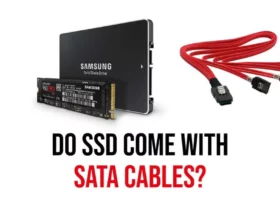
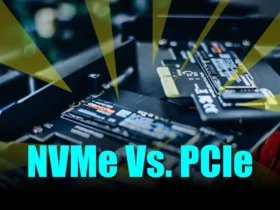


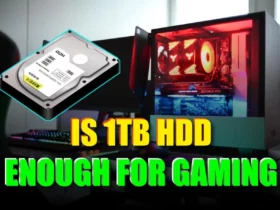
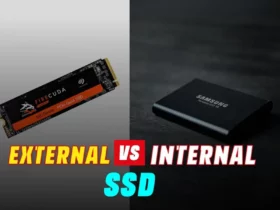
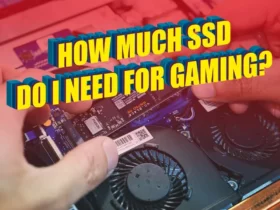

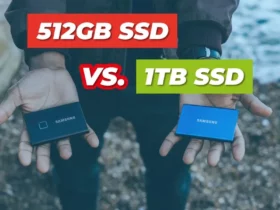




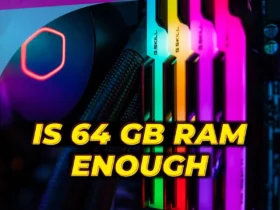
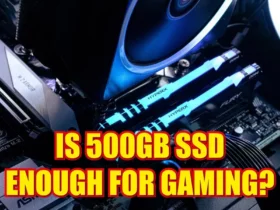
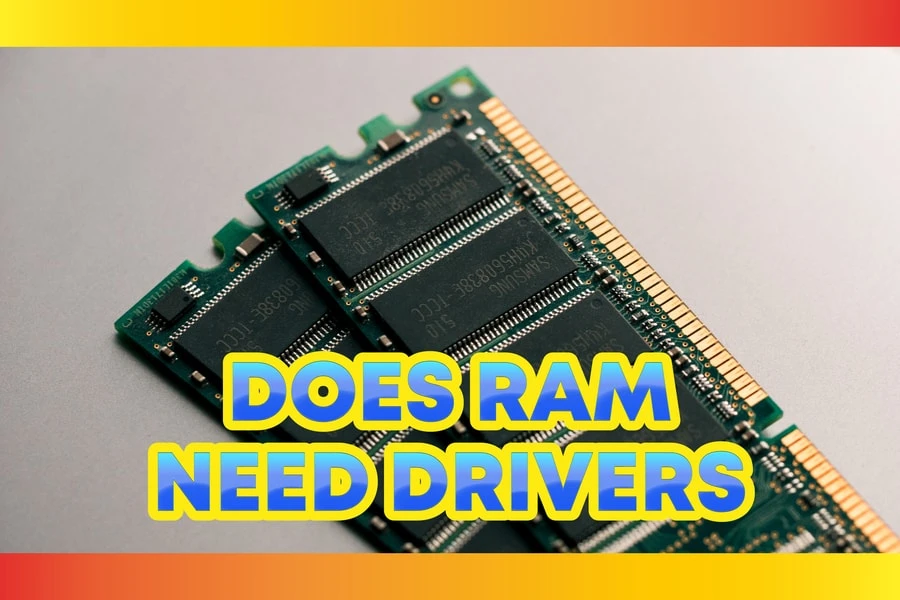
Leave a Reply